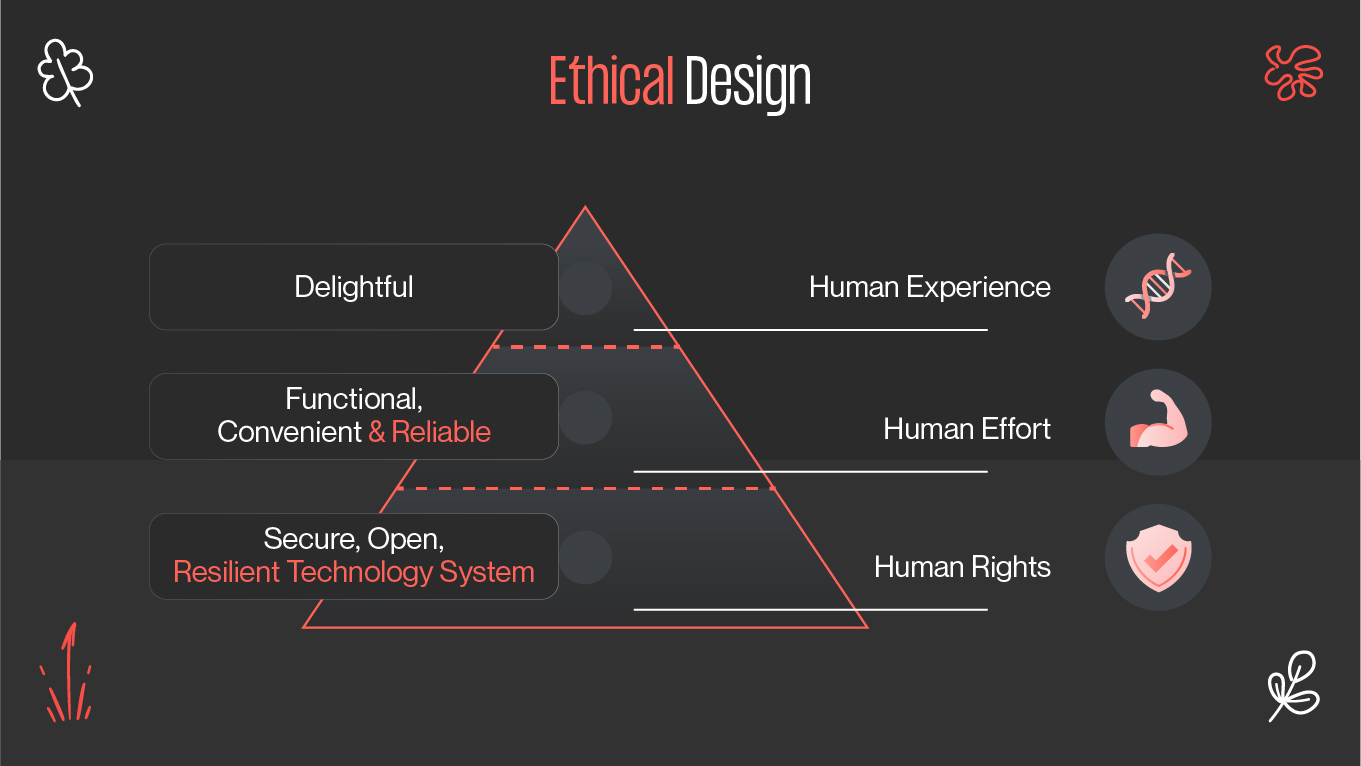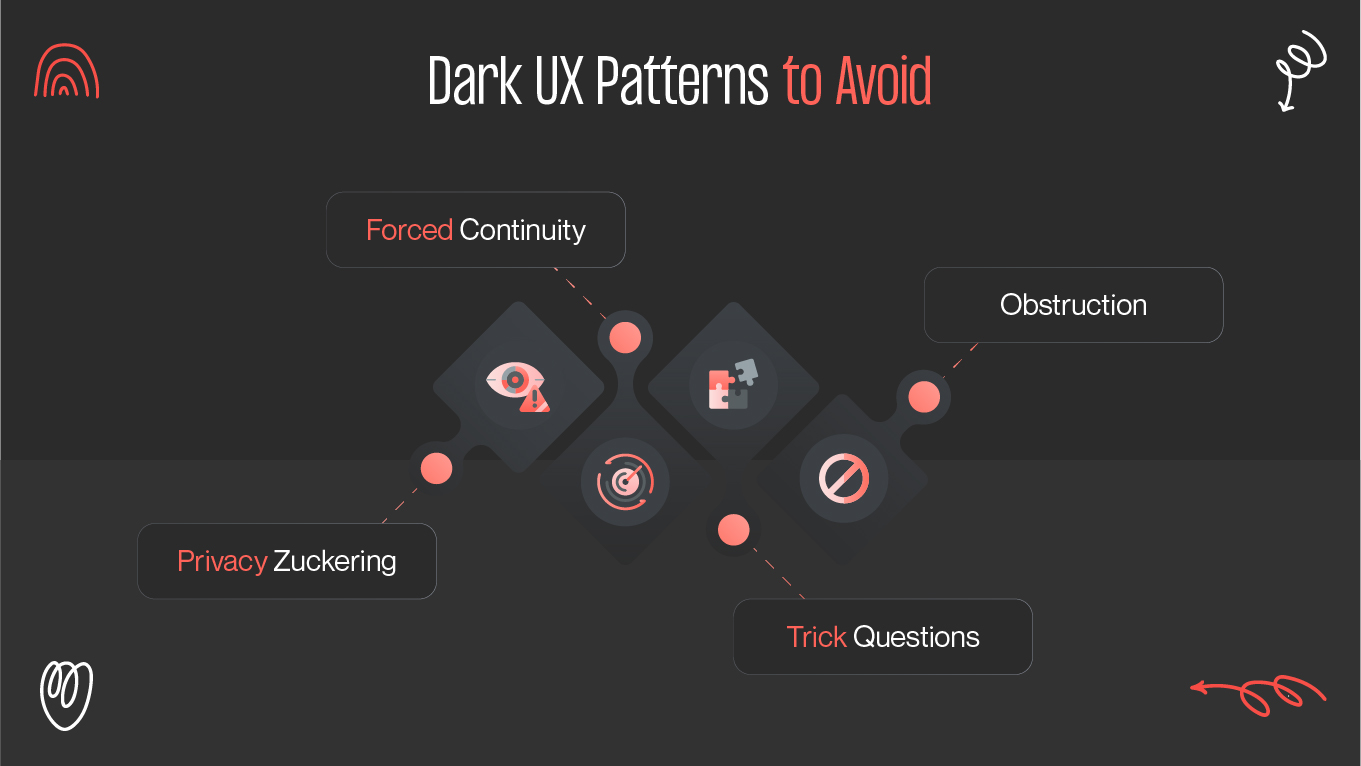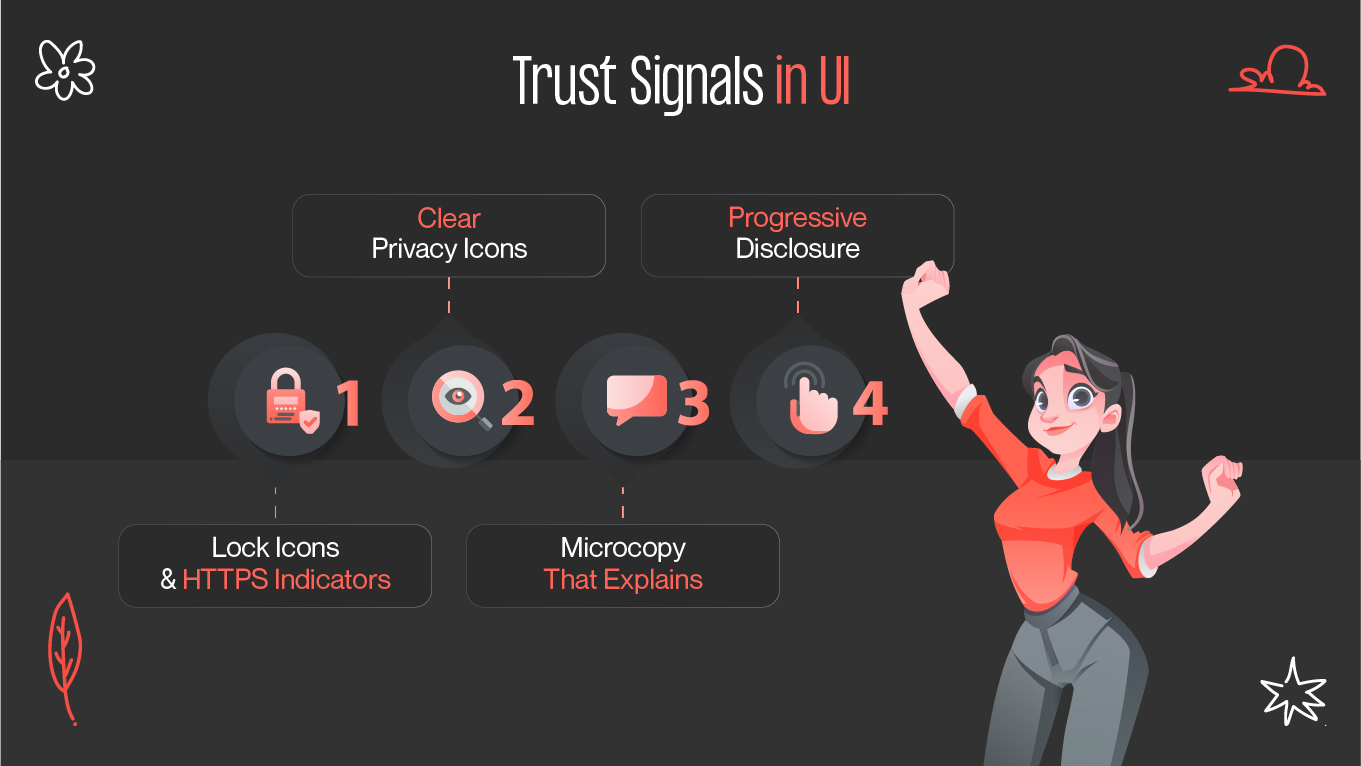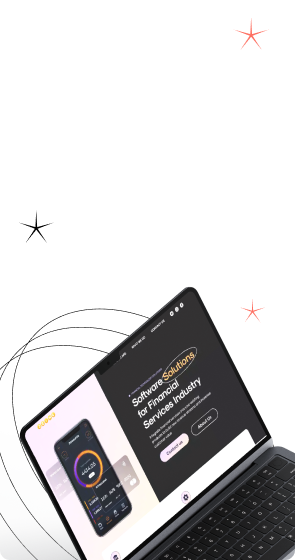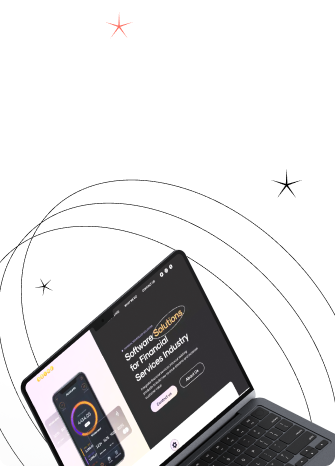Ethical design helps your users trust UX design you created more. Every tap, swipe, and fill-out is a choice: to give over information or to pull back. How we design those interactions helps the user feel safe or tricked. Ethical UX design not only gets users to love the experience but trust it. And that trust is rooted in privacy, transparency, and integrity.
Design is not neutral. It nudges behavior, limits choices, and sets the tone for a relationship. Ethical design, in that sense, is mandatory. It's the difference between a respected user and one who feels manipulated. So, how do we embed ethics in UX design from the very start?


